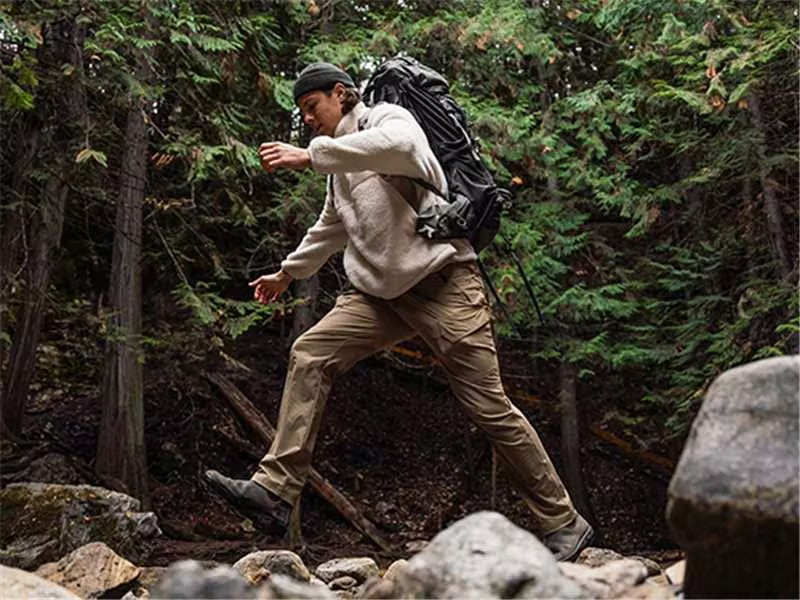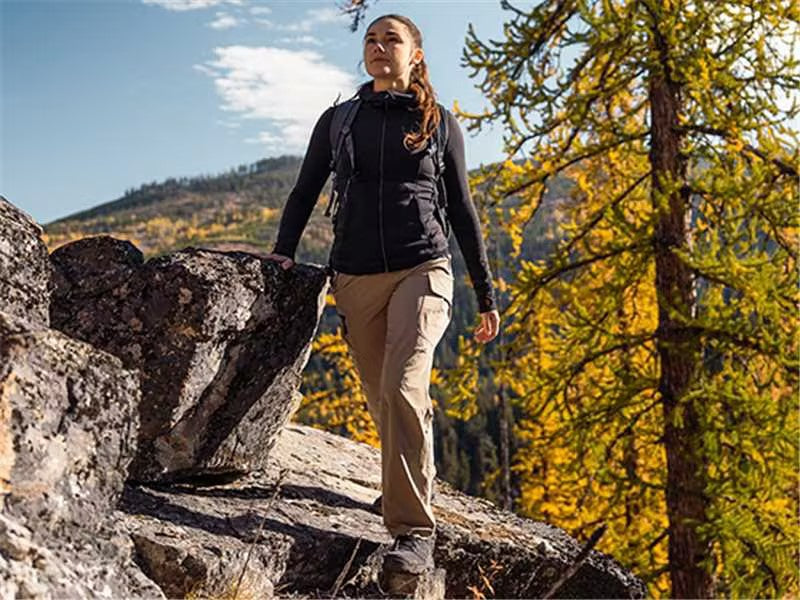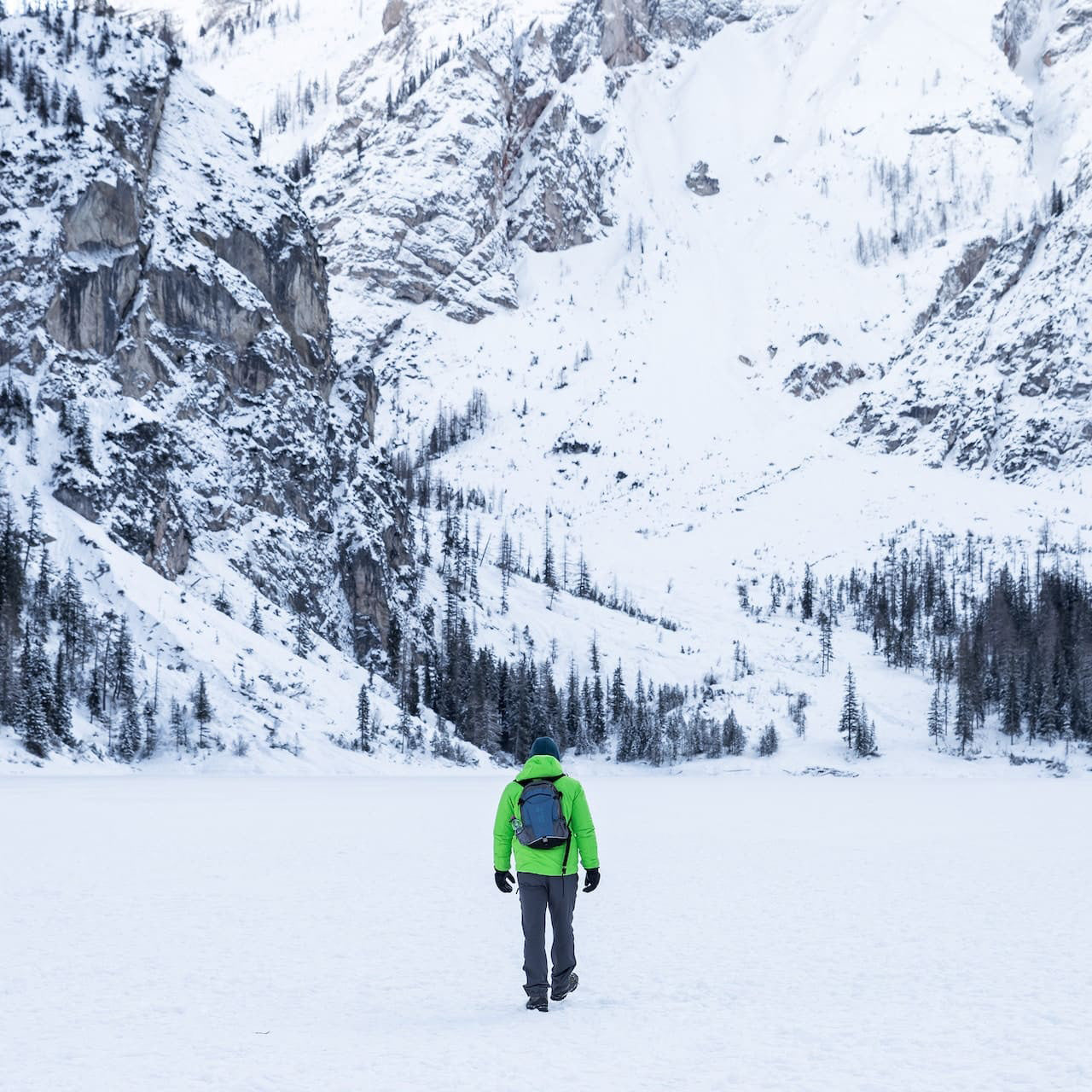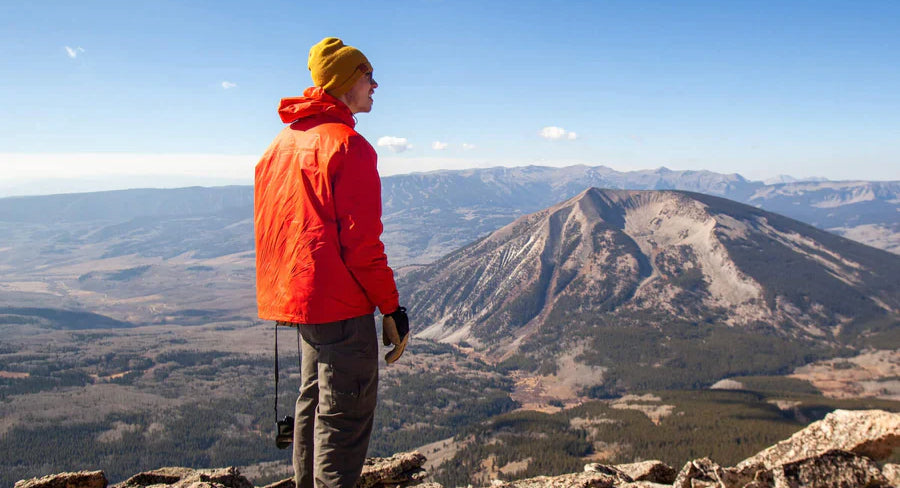Introduction:
When it comes to outdoor activities, staying dry and warm is crucial. With various weather conditions to contend with, choosing the right apparel becomes paramount. Snow pants, also known as ski pants, warm fleece pants, soft-shell pants, or snowboarding pants, are highly regarded for their water-resistant and insulating properties. But can these versatile bottoms double as rain pants? This article delves into the functionality and versatility of snow pants to answer this question.
Contents
Exploring Snow Pants:
Snow pants are specifically designed for outdoor activities in cold and wet environments. They typically feature waterproof materials and insulating linings to keep the body dry and warm. These pants prioritize water resistance through special coatings or laminates, preventing moisture from seeping through the fabric. The outer shell is often made from durable nylon or polyester, offering protection against snow, slush, and moisture.

Insulation and Warmth:
One of the key advantages of snow pants is their insulation properties, which are designed to keep you warm in cold and snowy conditions. The insulation in snow pants helps retain body heat, keeping your legs and lower body protected from the cold. This feature can be beneficial in cooler or milder rainy weather, providing an extra layer of warmth.
Moisture Management:
Snow pants are typically designed to handle moisture from snow, which is in a solid form. However, when it comes to rain, which is in a liquid form, the moisture management capabilities of snow pants may be different. While the outer shell of snow pants is water-resistant, prolonged exposure to heavy rain or constant saturation may eventually compromise their ability to keep you dry. Additionally, the insulation in snow pants may absorb moisture over time, reducing its effectiveness and potentially leading to discomfort.
Consider the Rain Intensity:
When deciding to use snow pants as rain pants, it's important to consider the intensity and duration of the rain. In light or intermittent rain, snow pants can provide sufficient protection and insulation. However, in heavy downpours or prolonged exposure to rain, specialized rain pants with advanced waterproofing technologies may be more suitable. These rain pants are specifically designed to handle heavy rain and provide superior waterproofing, keeping you dry and comfortable.
Layering for Added Warmth:
If you choose to use snow pants as rain pants in colder rainy conditions, you can enhance their warmth by layering underneath. Wearing thermal or moisture-wicking base layers can provide additional insulation and help manage moisture effectively. This layering technique can help regulate your body temperature and keep you comfortable throughout your outdoor activities.
Waterproof Capabilities:
Snow pants are designed to be water-resistant or waterproof to some extent. They are typically made from materials with a durable water-repellent coating, which helps shed water and prevent it from saturating the fabric. This water-resistant feature allows snow pants to provide a certain level of protection against rain.

Water Resistance vs. Waterproofness:
It's important to understand the difference between water resistance and waterproofness. Water-resistant fabrics can repel water to a certain degree, but they may eventually become saturated in heavy rain or prolonged exposure to moisture. On the other hand, waterproof fabrics are designed to completely prevent water penetration, even under harsh conditions.
Snow Pants as Water-Resistant Gear:
Snow pants can be used as water-resistant gear in light rain or drizzle. They can effectively shed water and keep you dry for a limited time. However, it's important to note that their water-resistant properties may diminish over time or with frequent use.
Consider Rain Duration and Intensity:
When considering using snow pants as rain pants, it's crucial to assess the duration and intensity of the rain. In light or intermittent rain, snow pants can provide adequate water resistance. However, in heavy rain or prolonged exposure to moisture, specialized rain pants with higher waterproof ratings and sealed seams may be more reliable in keeping you dry.
Sealed Seams and Waterproof Zippers:
Specialized rain pants often feature sealed seams and waterproof zippers, which provide additional protection against water intrusion. These features prevent water from seeping through the stitching or zipper areas, ensuring maximum waterproofness. Snow pants may not have these specialized features, so their ability to keep you dry in heavy rain or wet conditions may be compromised.
Consider Additional Rain Protection:
If you choose to use snow pants as rain pants, you can enhance their waterproof capabilities by pairing them with a waterproof jacket or poncho. This combination can provide better overall protection against rain, minimizing the chances of water seeping through any potential gaps between the pants and the upper body garments.
Waterproof Membranes and Coatings:
Specialized rain pants often incorporate advanced waterproof membranes or coatings to enhance their performance. These membranes, such as Gore-Tex or eVent, are microporous and feature microscopic pores that are small enough to prevent water droplets from entering but large enough to allow moisture vapor to escape. In contrast, snow pants may rely more on DWR coatings and water-resistant fabrics to shed water on the outer surface.
Regular Maintenance for Water Resistance:
To maintain the water resistance of snow pants, it's important to follow the manufacturer's care instructions. Regularly washing and reapplying DWR treatments can help restore the water repellency of the fabric. However, keep in mind that the effectiveness of these treatments may diminish over time, and eventually, the pants may require replacement or the use of dedicated rain pants for reliable waterproofness.
Breathability Considerations:
While snow pants excel at keeping moisture out, their breathability may be limited compared to specialized rain pants. Breathability refers to the ability of the fabric to allow moisture vapor (sweat) to escape, preventing a buildup of moisture inside the pants. In high-intensity activities or warmer temperatures, snow pants may not provide sufficient breathability, leading to discomfort caused by trapped perspiration. Specialized rain pants often incorporate breathable membranes or vents to address this issue.
Versatility and Functionality:
The versatility of snow pants extends beyond snowy slopes. Their durable construction and water-resistant properties make them suitable for various outdoor activities, including hiking, camping, or even everyday wear in inclement weather. Soft-shell snow pants, in particular, offer a balance between water resistance and breathability, making them a versatile choice for unpredictable conditions. These pants are made from a flexible and stretchy fabric that allows for ease of movement.
Mobility and Flexibility:
Snow pants are designed with mobility in mind, allowing for a wide range of movements necessary for skiing, snowboarding, or other winter sports. They often feature articulated knees, gussets, or stretchy fabrics that provide flexibility and freedom of movement. While this flexibility is beneficial in snowy conditions, it may not be as crucial in rainy weather. Consider the type of activity you'll be engaging in and the level of mobility required when deciding whether to use snow pants as rain pants.
Durability:
Both snow pants and rain pants are typically designed to be durable and withstand outdoor conditions. However, snow pants may have additional reinforcements in high-wear areas and be more resistant to abrasion due to the nature of their intended use in wet environments. Rain pants, while durable, may not have the same level of reinforcement and abrasion resistance as snow pants.
Drying Time and Maintenance:
Another factor to consider is the drying time of snow pants compared to rain pants. Snow pants are typically thicker and more heavily insulated, which can result in longer drying times after exposure to moisture. Specialized rain pants are often made from lightweight materials that dry quickly, allowing you to continue your outdoor activities without prolonged discomfort.

Limitations as Rain Pants:
While snow pants can provide some degree of protection against rain, there are limitations to their effectiveness as rain pants. Snow pants are primarily designed for snow sports, where the focus is on insulation and water resistance against snow and slush. They may not have the same level of breathability as specialized rain pants, which can lead to moisture buildup from perspiration. In heavy rain or prolonged exposure to wet conditions, snow pants may eventually become saturated, compromising their water-resistant capabilities.
Conclusion:
In conclusion, snow pants can be utilized as rain pants to a certain extent due to their water-resistant properties and insulation. They offer durability and protection against wet conditions, making them suitable for various outdoor activities. However, specialized rain pants may provide enhanced waterproof capabilities and breathability specifically designed for prolonged exposure to rain. When considering using snow pants as rain pants, it's important to assess the specific features of your snow pants and the intensity of the rain. By making an informed decision, you can stay dry and comfortable during your outdoor adventures, whether on snowy slopes or rainy trails.









